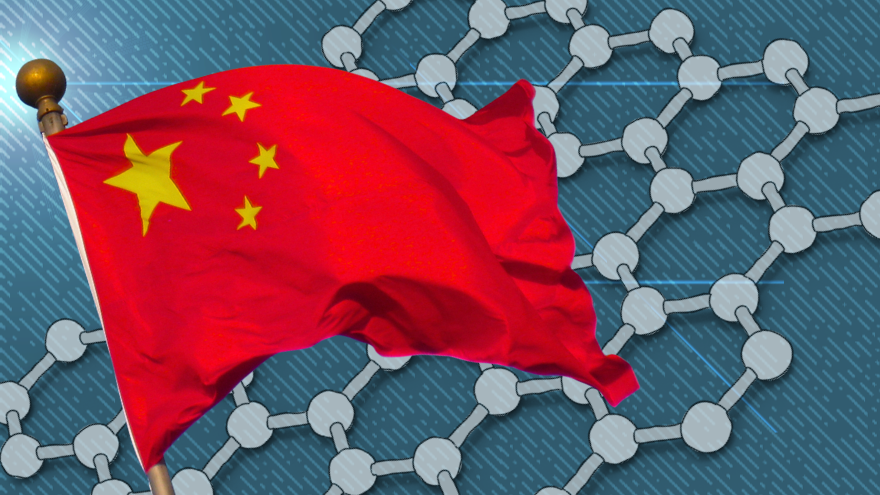China’s Chang'e-6 lunar lander returned to Earth this week with the first-ever rock and soil samples gathered from the far side of the moon. The spacecraft launched on May 3 from Wenchang Satellite Launch Center and returned with samples on June 25, according to the National Aeronautics and Space Administration (NASA). Dr. Zongyu Yue, a geologist at the Chinese Academy of Sciences, said the lunar samples “are expected to answer one of the most fundamental scientific questions in lunar science research: what geologic activity is responsible for the differences between the two sides?” Upon examination of the samples, scientists discovered the presence of graphene in the lunar soil. According to the team from Jilin University, which is leading this research, the presence of carbon in lunar soil contradicts the long-held belief that the moon was formed after a collision between Earth and some other small planet. Graphene is a two-dimensional, atomic-scale honeycomb structure made of carbon atoms. The giant-impact hypothesis suggests that the moon is carbon-depleted. So, the presence of graphene raises questions about this theory. “The prevalent giant impact theory has been strongly supported by the notion of [a] carbon-depleted moon derived from the early analysis of Apollo samples,” the team from Jilin said. Graphene was discovered in the samples using “Raman spectroscopy,” a chemical analysis technique that involves illuminating a substance with a laser and analyzing the light that is scattered off the surface of that substance. The scattered light can provide researchers with information about the substance and its structure, and can be used to identify many chemical components. After analyzing the graphene found in the lunar samples, the researchers speculated that the moon could have a carbon capture process on its surface, which might explain its presence. The team, which included scientists from the Shenyang National Laboratory for Materials Science and China’s Deep Space Exploration Laboratory, acknowledged that the findings “may reinvent the understanding of chemical components … and the history of the moon.” Long Xiao, a planetary geologist at China University of Geosciences, told The New York Times, “This is a major event for scientists worldwide,” adding that the discovery is also “a cause for celebration for all humanity.”Chinese scientists have made a discovery that could have widespread implications, including upending the widely accepted theory of the moon’s origin.
News /
Chinese Scientists Discover Graphene in Moon Samples
Experts say the discovery is a 'major event' that could re-write the history of the moon

*For corrections please email [email protected]*
